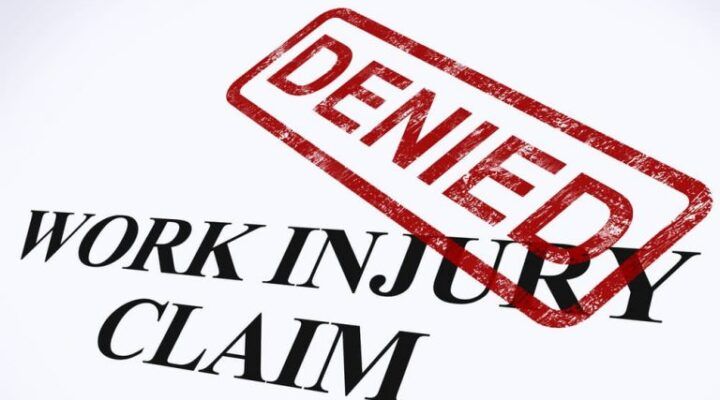Injured Workers prove up their workers’ compensation claims with evidence. Within workers’ compensation, medical evidence gathered and to be persuasive must be within the evidentiary burden of “reasonable medical probability.” “Reasonable medical probability” is a more likely than not burden, or beyond 50 percent likelihood.
Medical Records are evidence which can assist in proving a claim. They can contain X-Rays, MRI Studies and Blood Tests. Medical Records also contain “Chart Notes.”
This article will article will discuss the section of “Chart Notes” which is called SOAP notes and how they can impact a workers’ compensation claim. This discussion is based upon my experience of discussing these records with Injured Workers as opposed to that of a medical professional.
Medical Professionals can use a SOAP format within Medical Charts. SOAP stands for Subjective Data, Objective Data, Assessment Data, and Plan.
Subjective Data: This is information taken from patient. Subjective Data, in other words, is what the “patient” says.
A big issue for Injured Workers is “what did they tell the medical professional?” and “what did the medical professional take down?” Does the Subjective Date match up with the Injured Worker’s interaction with the Medical Professional? Clinical Medical situations can vary. Some medical professionals take the time to write down or notate everything the patient says. Other professionals do not do so. They may be focused on the reason that the patient was sent there. For example, “you were sent here for your right shoulder, I don’t want to hear about your left hand” is something that a medical professional might say to a patient. In my practice, I have been told by clients that medical professionals often want to limit what they notate to what they were authorized to see. Thus, if an Injured Worker has an opportunity to write down their complaints on a form, it is important that they record everything.
Objective Data: Objective Data is recording the healthcare provider’s observation and testing. Provider’s observations can be items such as observing the patient “in no distress.” Testing can be physical testing from the provider using provocative tests such as a straight leg raise or the results of x-rays or blood tests.
Assessment Data: This is the Medical Provider’s opinion based upon the subjective and objective data. This assessment data can include such items as the patient’s diagnosis. If this is an initial evaluation, the assessment can have a “r/o” or “rule out.” For example, there might need to rule out a “herniated disk.”
Plan: This is strategy for address the patient’s problems. Within this section, recommended treatments, diagnostics, and other items may be listed. This can include such items as requested physical therapy, x-rays or time off of work.
Why Should An Injured Worker Be Concerned About Chart Notes?
An Injured Worker needs to be concerned that Medical Providers accurately note the information and document the SOAP note accordingly. Notes that either intentionally or inadvertently accurate may become an issue that can impact such issues as which body parts were injured in the accident.
What If I Need Advice?
If you would like a free consultation regarding workers’ compensation, please contact the Law Offices of Edward J. Singer, a Professional Law Corporation. We have been helping people in Central and Southern California deal with their workers’ compensation cases for 27 years. Contact us today for more information.
